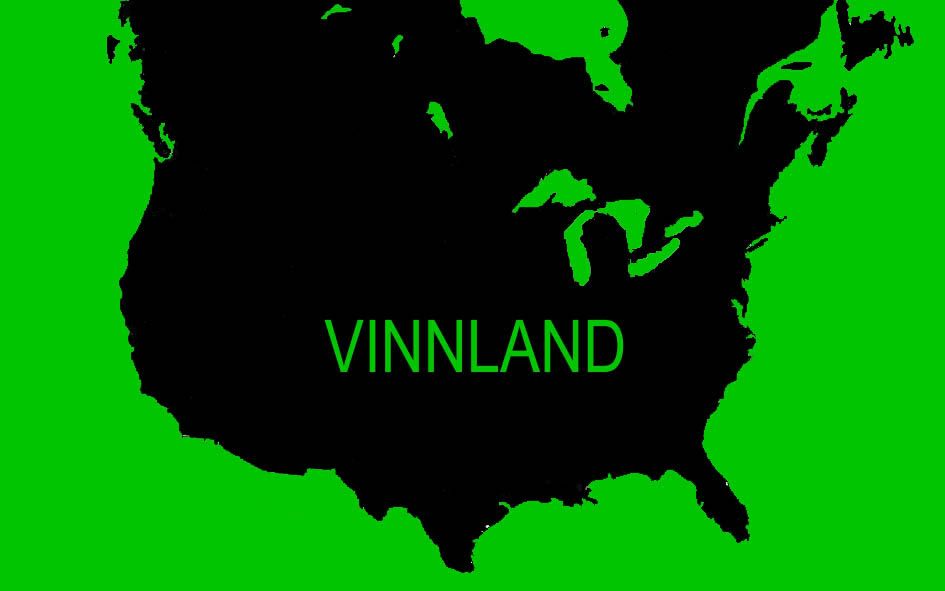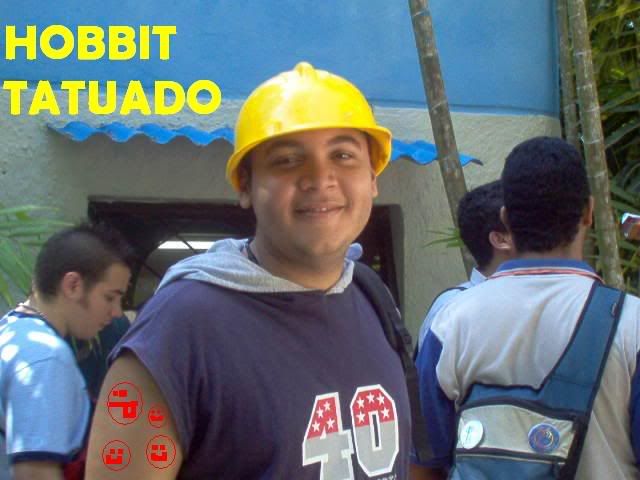Vinnland

Vinland is the Nordic name for America - it was the name the Vikings gave to the wooded land that was visited by Leif Eriksson around the year 1000 A.D. Its exact location is not known, but it was probably somewhere along the Atlantic coastline of what is now eastern Canada or the northeastern United States.
The most detailed information about the Vikings' visits to Vinland is contained in two Norse sagas, the Saga of the Greenlanders and the Saga of Erik the Red. These two accounts differ somewhat. According to the Greenlanders' Saga, Bjarni Herjulfsson became the first European to sight mainland America when his Greenland-bound ship was blown westward off course about 986. He apparently sailed along the Atlantic coastline of eastern Canada and then returned to Greenland. About 1000 a crew of 35 men led by Leif Eriksson set out to try to find the land accidentally sighted by Bjarni. (The Saga of Erik the Red presents Leif himself as the first to sight Vinland.) Leif's expedition came first to an icy, barren land which they called Helluland ("Flat-Stone Land"); sailing southward, they encountered a flat, wooded land which they named Markland ("Wood Land"). Again they set sail southward, and the warmer, wooded area that they found they named Vinland. There they built some houses and explored the region before returning to Greenland. In 1003 Leif's brother Thorvald led an expedition to Vinland and spent two years there. In 1004 (or 1010, according to other historians) Thorfinn Karlsefni, encouraged by Thorvald's reports of grapes growing wild in Vinland, led a colonizing expedition of about 130 people (or 65, according to one saga) to Vinland. By the time they had stayed there three years, the colonists' trade with the local Indians had turned to mutual warfare, and so the colonists gave up and returned to Greenland. About 1013 Erik the Red's daughter Freydis led an unsuccessful expedition to Vinland and soon afterward returned to Greenland. So ended the Norse visits to the Americas as far as the historical record is concerned.
The Norsemen's name for the land they discovered, Vinland, means "Wine Land." Thorfinn reported that he found "wine berries" growing there, and these were later interpreted to mean grapes, though the Norsemen referred to any berry as a "wine berry," and it is probable that they had actually come upon cranberries. This fruit evidently proved disappointing to Thorfinn's colonists, for when they became disgruntled during the third year of the colonizing expedition, they made a grievance out of not having seen much of the wine banquets that had been promised them.
Nevertheless, the Vinland name was retained by the Scandinavians, and it was as a wine land that the North American continent entered the literature of continental Europe, almost certainly first in 1075 through the History of the Archbishops of Hamburg-Bremen written by Adam, head of the cathedral school of Bremen. Adam mentioned Vinland on the authority of King Sweyn II Estridsen of Denmark, who told of Iceland, Greenland, and other lands of the northern Atlantic known to the Scandinavians. Adam says of King Sweyn: "He spoke also of yet another island of the many found in that ocean. It is called Vinland because vines producing excellent wines grow there."
In the 1960s Helge Ingstad adopted the view of the Swedish philologist Sven Söderberg that Vinland did not mean "wine land" but rather "grassland" or "grazing land." Ingstad discovered in 1963 the remains of house sites and other artifacts of a Norse settlement at L'Anse aux Meadows, at the northernmost tip of Newfoundland. Dating techniques have conclusively proved that the remains date from about 1000 AD--i.e., the time of the Norsemen's reputed visits. Further evidence of Viking exploration came in 1965, when the Yale University Press published a medieval map showing the outlines of continental Europe, Iceland, Greenland, and Vinland, the latter being described in a notation on the map as "Island of Vinland, discovered by Bjarni and Leif in company." The authenticity of this map, however, has been sharply debated.
Y así lo complementa Peter Steele, vocalista y bajista de la banda Gótica, Type O negative: Vinnland - was discovered by Erik the Red after he found Iceland and Greenland in the late 10th Century (somewhere around 990). The word "Vinnland" in Icelandic doesn't mean "vineland" - it means grasslands. (Historians think he landed on Newfoundland, Canada). Unfortunately Erik's wife was a bitch and demanded he come back to her for Yule. I like to think in a fantasy type of fashion that if Erik had stayed with his minions and not returned to her...we (North Americans) would be speaking a form of Icelandic (Erik the Red was from Norway, and Icelandic is an ancient form of Norwegian). The entire nation (Canada and USA) would be called Vinnland. And, it would be federal law for everyone to own IKEA furniture (even though it's a Swedish company).











<< Home